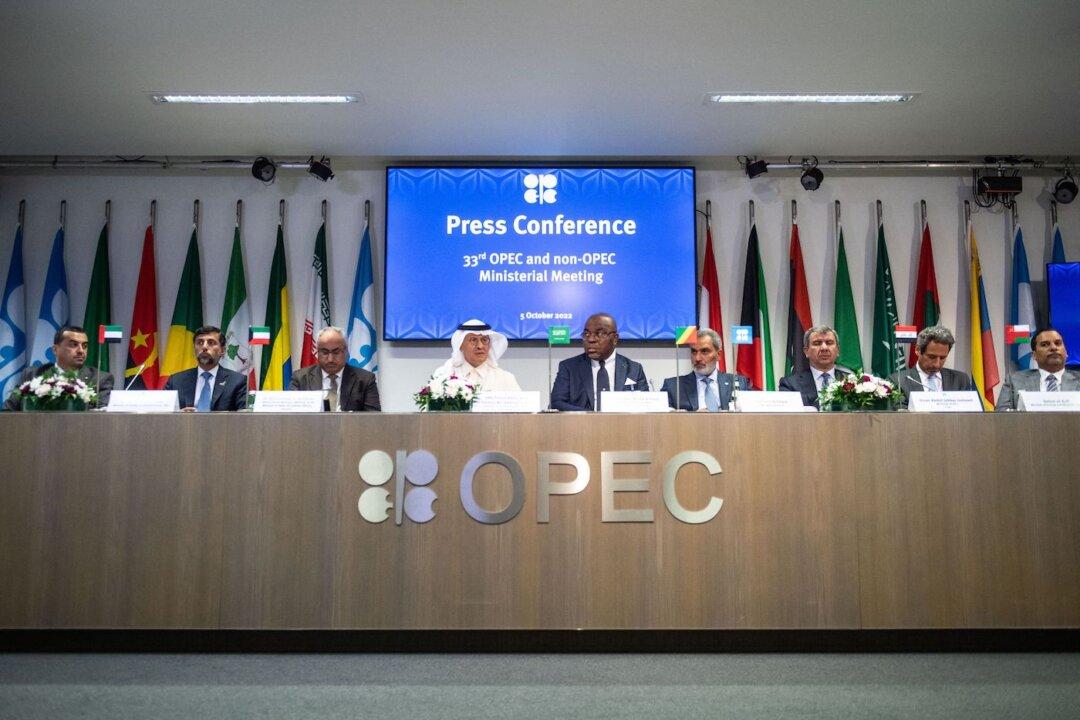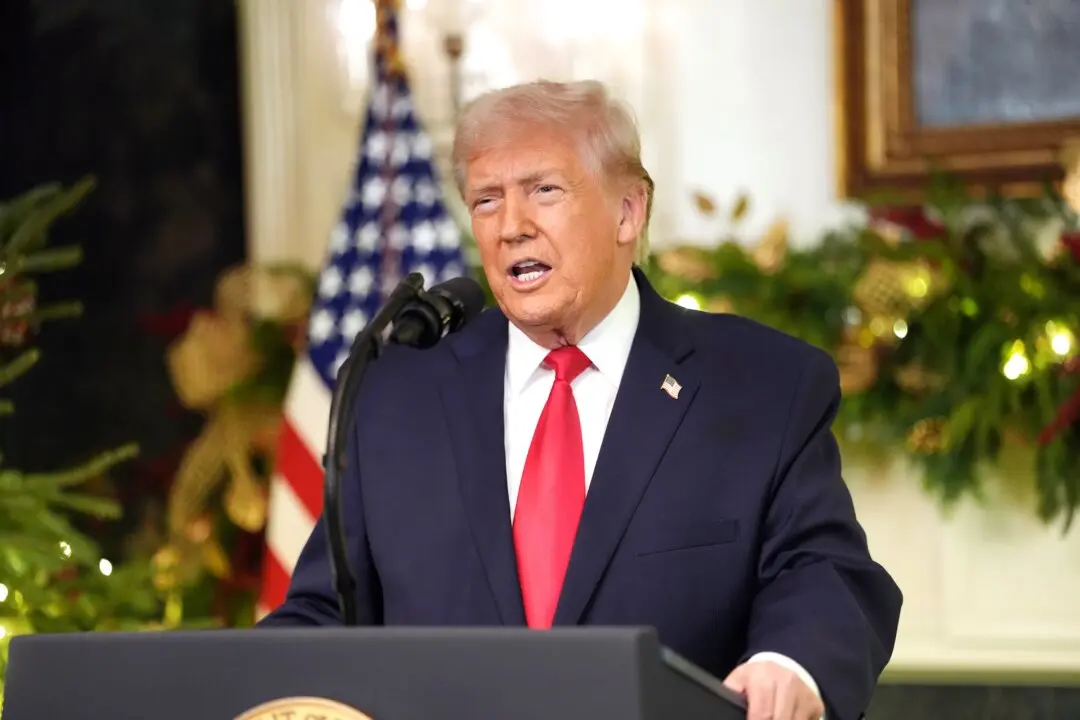The Organization of the Petroleum Exporting Countries and its allies (OPEC+) on Feb. 3 reaffirmed its earlier plan to gradually ease production cuts beginning in April, despite pressure from U.S. President Donald Trump for bolder action that would lower oil prices.
The decision, made during the 58th Joint Ministerial Monitoring Committee meeting on Feb. 3, was in line with previous commitments to unwind 2.2 million barrels per day of cuts over an extended period until September 2026.





